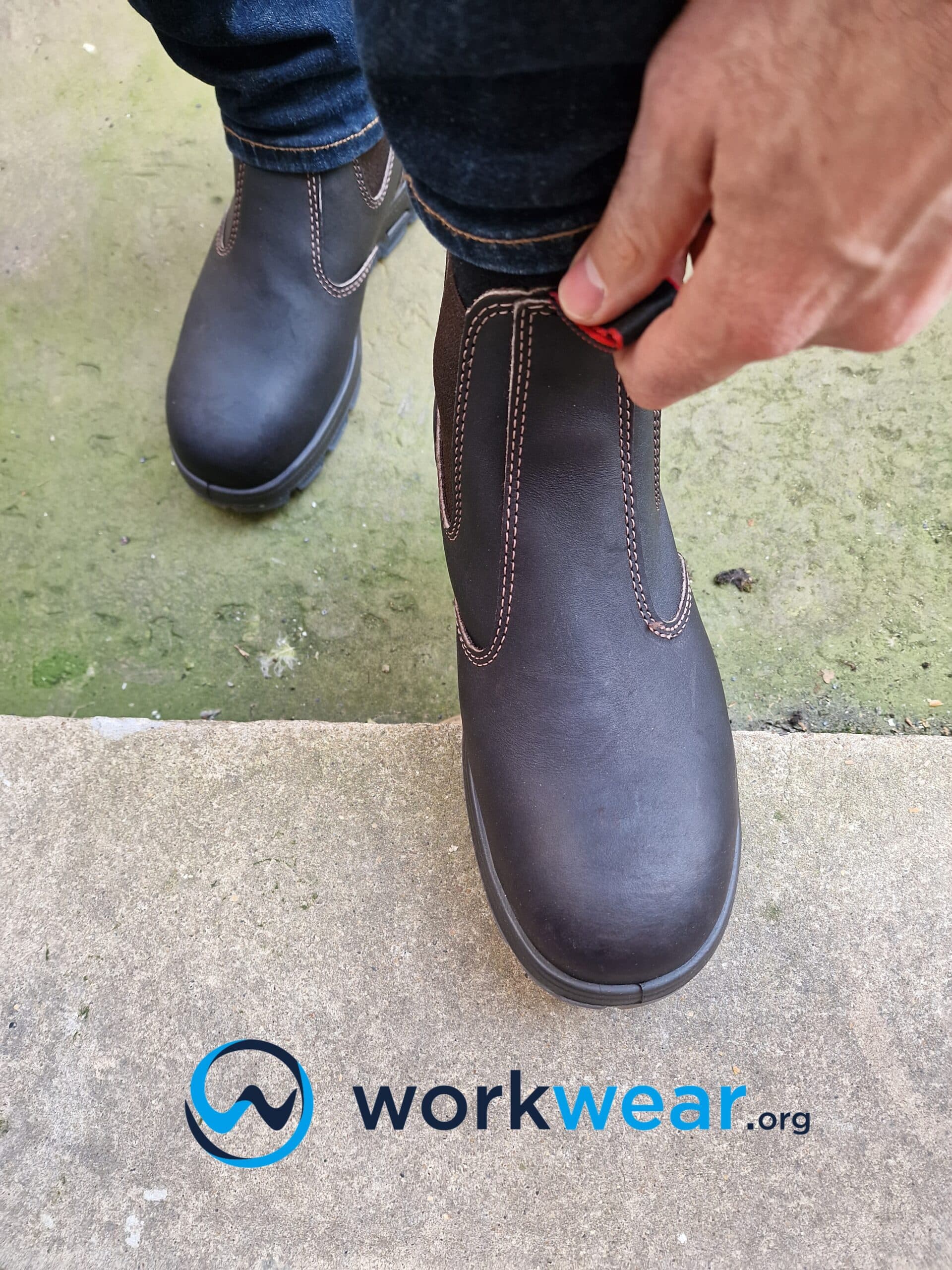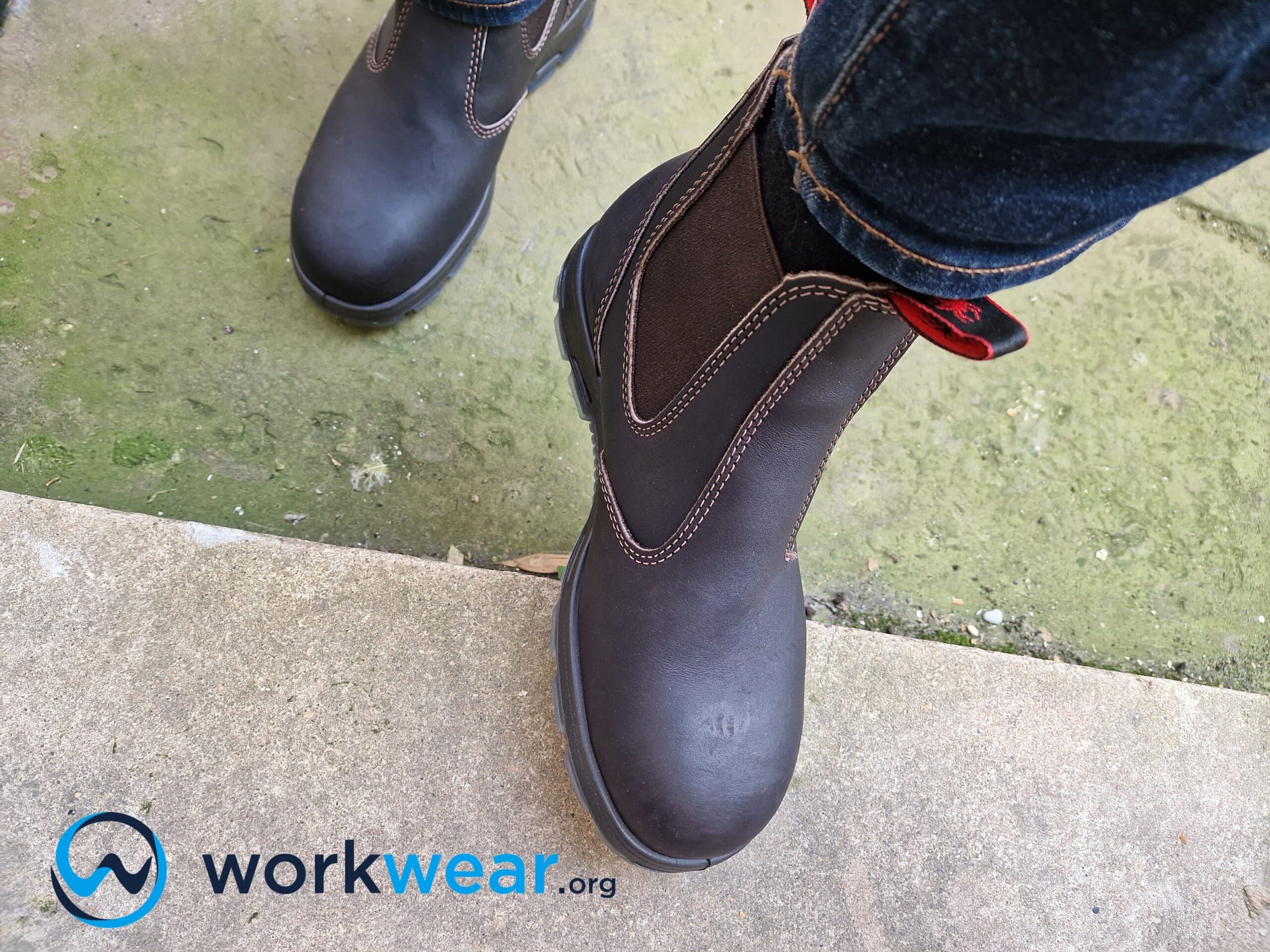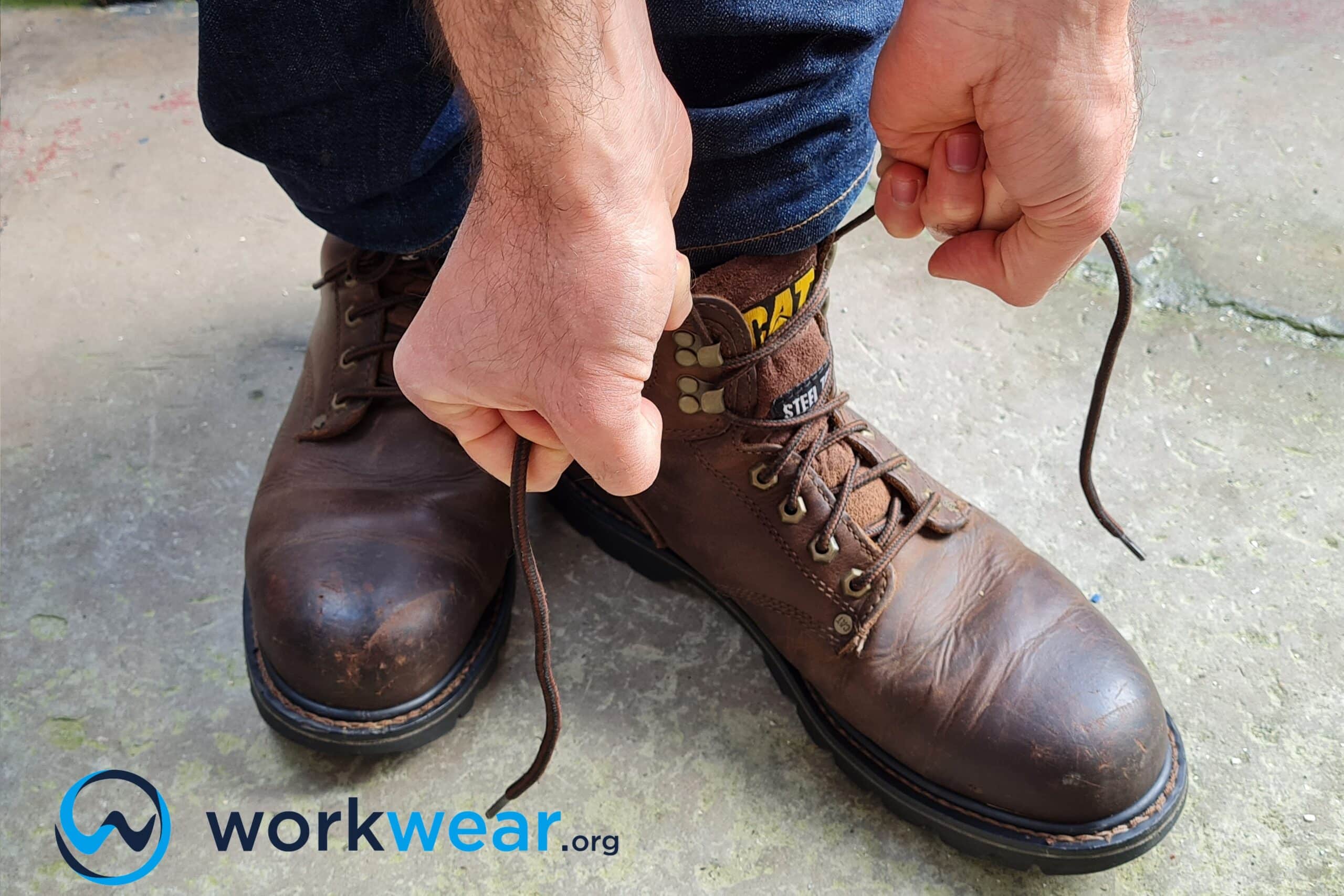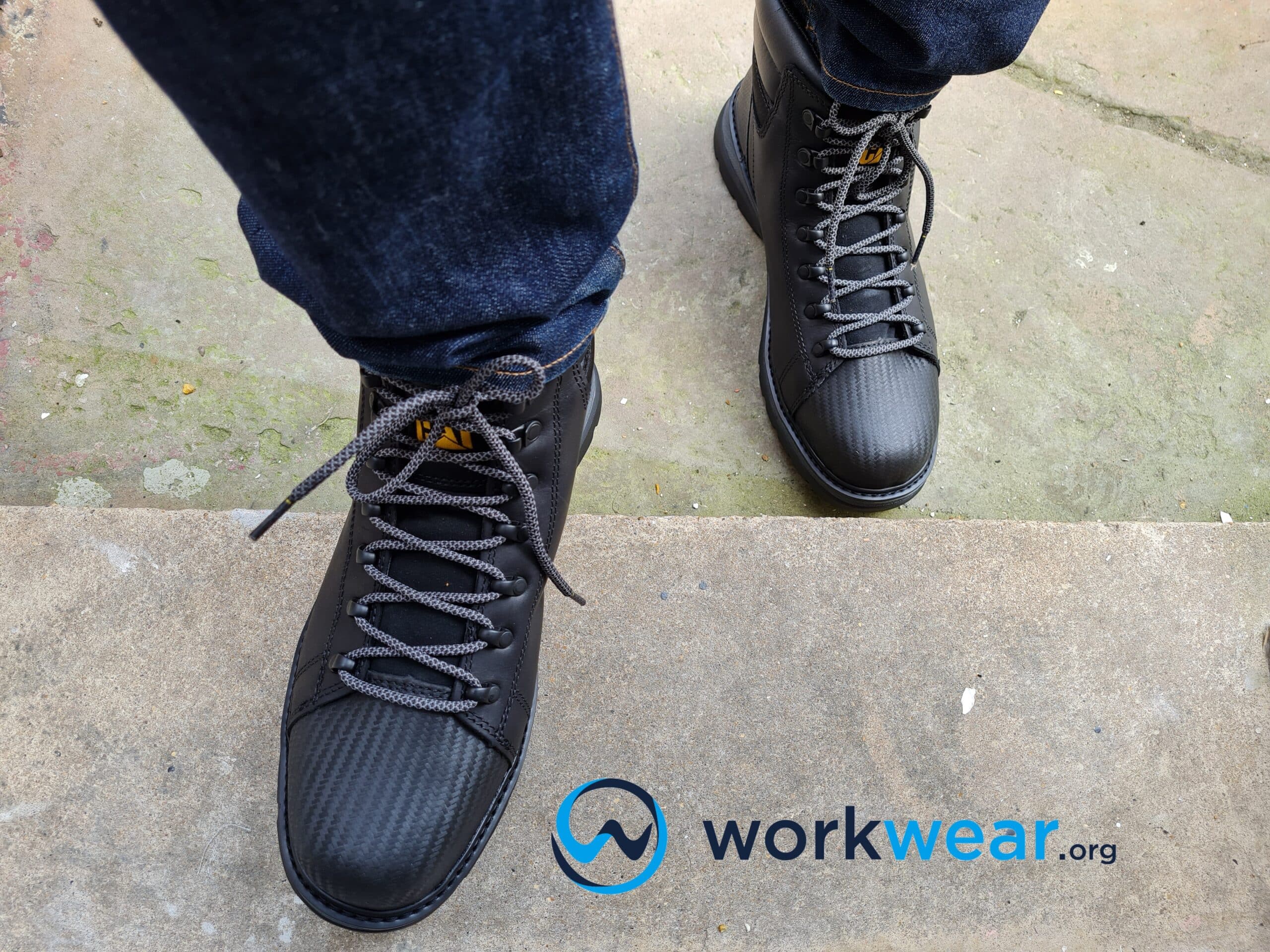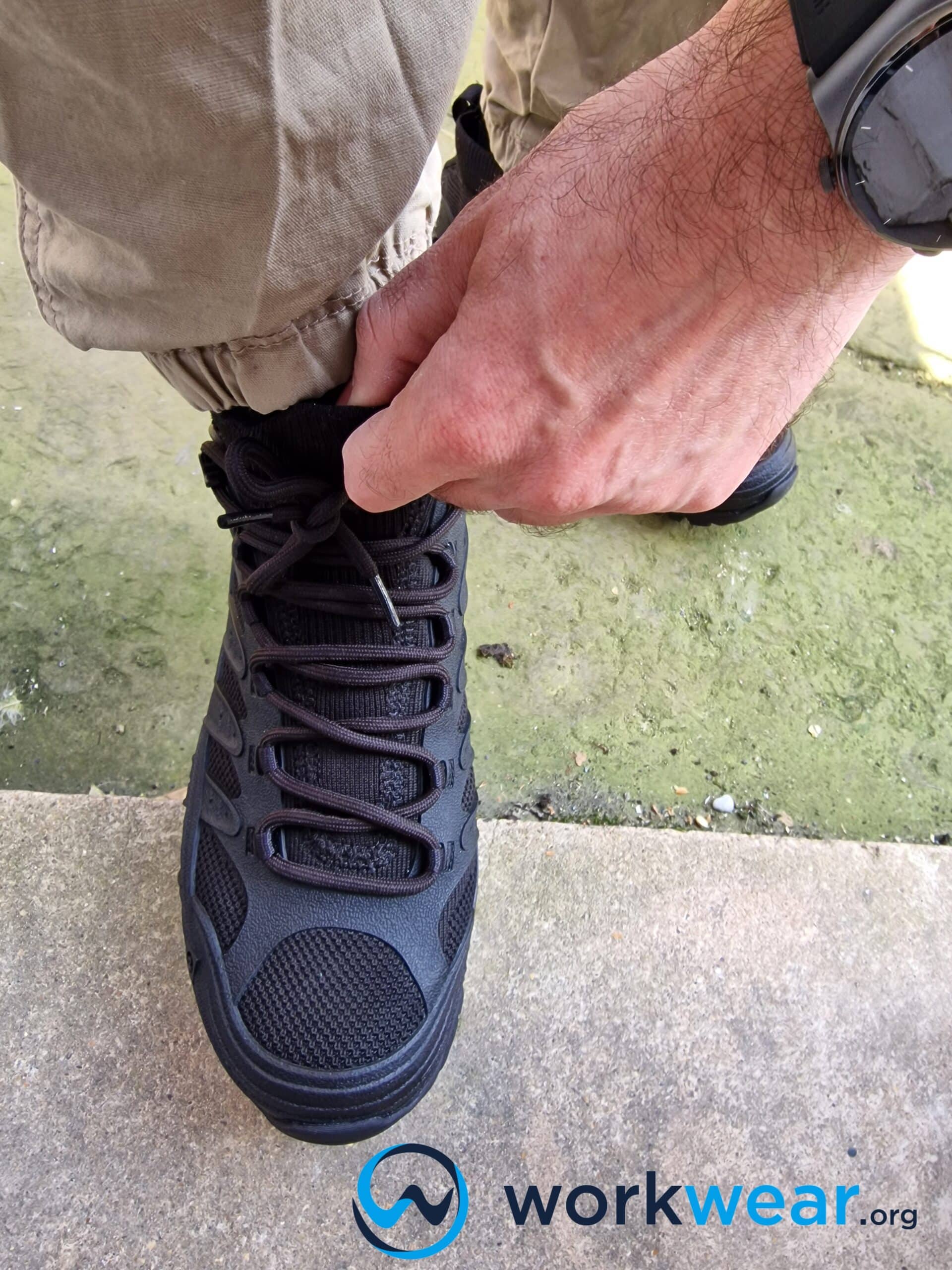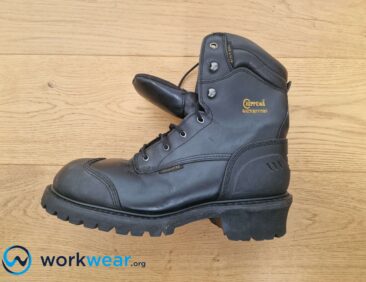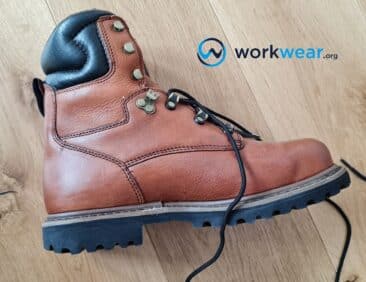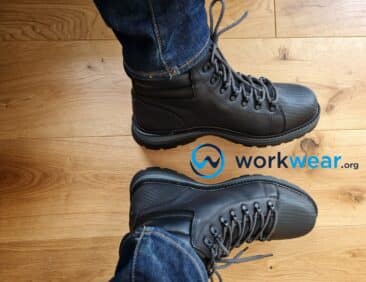Pull-On vs Lace-Up Work Boots
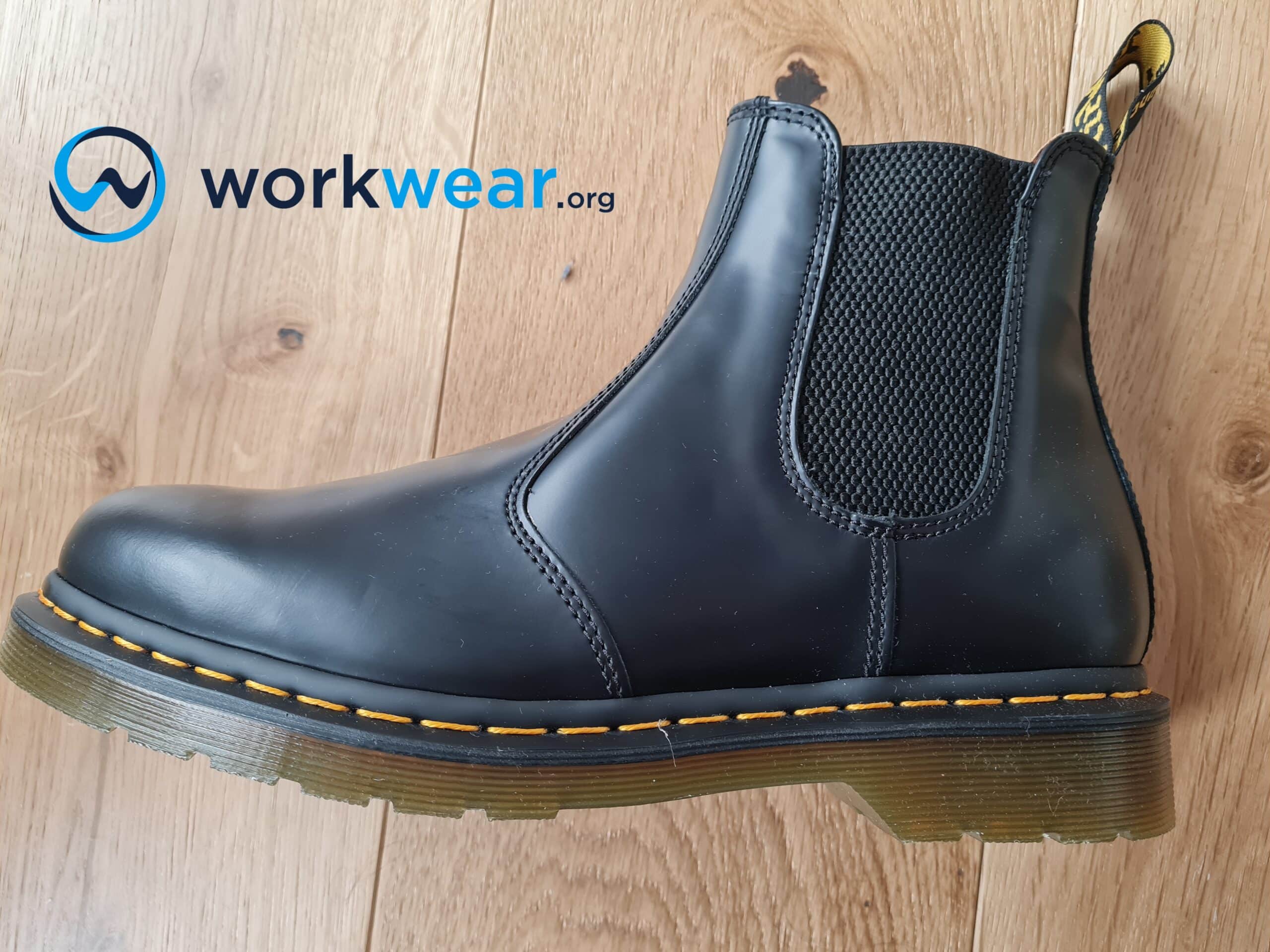
There are several factors that need to be considered when choosing the right work boots. While protective features play a key role in determining the work boots’ performance, the way they’re secured is also a crucial aspect that needs to be considered. Pull-on and lace-up work boots are designed to deliver reliable functional benefits in various work environments. This article explores these two types of work boots, and delves into their pros and cons.
Summary
Pull-on work boots don’t have laces so they’re easier to pull on (as the name suggests) and are just as easily taken off at the end of a tiring workday. However, these boots may not be able to secure the ankle in place all day long, which may result in a wobbly walking experience. On the other hand, lace-up boots deliver a more secure feeling as the laces can be adjusted to customize the fit, making it easier to loosen or tighten the boots according to your personal comfort preference. It’s worth noting that these boots take longer to put on and remove, however, so they may not be the best choice in terms of convenience.
Pull-On Work Boots
Pull-on work boots are constructed to deliver almost effortless wearing for enhanced convenience both in and outside of the workplace. They’re designed to be pulled on and taken off with ease, making them suitable for those who don’t want to spend a lot of time doing so. Instead of spending your prep time on tying the entire shoelace system, you can easily slide your feet into these boots and immediately enjoy a comfortable feeling. This quality makes this boot profile suitable for jobs that may require footwear to be taken off and worn again quickly, such as for farming and agricultural professions.
These work boots usually have a relaxed fit that allows the feet to naturally move when needed, enhancing the comfortable experience since the feet won’t be squished into a cramped space for a long period of time.
These boots don’t have laces, so you won’t need to exert extra effort and time fiddling with these components with every use. The lace-free design takes away the risk of you accidentally tripping on loosened shoelaces, providing you with the assurance of increased safety against losing your balance.
Pros
Convenient to Pull On and Remove
Pull-on work boots are built to be pulled on and taken off in the easiest way. This design is beneficial for those who want to significantly reduce the time spent on preparation at the beginning of a workday, as the boots can quickly be slipped on in a short period of time. It’s also a great choice for those whose jobs may require the footwear to be taken off and put on again while in the middle of a work shift. Without laces to work on, you’ll be able to conveniently put on and remove these boots with minimal effort.
Eliminates the Risk of Tripping on Laces
While laces provide you with the chance to customize a work boot’s fit, they may also become tripping hazards if they loosen throughout the day. Untied laces can pose safety hazards because they increase the risk of you stepping on them and tripping when walking hurriedly. With pull-on boots, you don’t need to worry about this safety hazard because there are no laces to deal with, eliminating the risk of tripping or falling as a result of shoelaces that have become loose.
Comfortable Fit
A pull-on work boot is usually constructed to have a bit of extra space to accommodate the foot’s entry, enabling it to slide in and settle in a comfortable way. It leaves enough room for the foot to be able to flex a bit when needed and has the space to allow the toes to wiggle freely. This relaxed fit helps with easing some of the day’s tiredness away, protecting the foot against the extreme discomfort of walking or standing for prolonged periods.
Better Protection Against Wetness
Pull-on work boots are made with a solid piece of material – usually leather – that delivers increased protection against water, mud, and other liquid substances. They provide more protection against wetness because liquids won’t be able to seep in through holes, which are apparent on lace-up work boot styles. Without holes and small spaces on the structure, pull-on work boots more efficiently block wet elements, keeping your feet comfortably dry so they won’t become easily soaked when you’re working in extremely wet conditions for long periods.
Cons
Weak Ankle Support
A pull-on work boot may deliver enhanced comfort with its relaxed fit, but that feature also has a major downside. This roomy structure doesn’t hold the ankle securely in place, increasing the risk of ankle-twisting when moving at a quick pace on unstable surfaces. Without a snug fit to embrace the foot and keep the ankle in its proper position throughout the day, walking can feel uncomfortable and unstable. This is because the foot can easily slide inside the boot, causing a wobbly feeling that can contribute to safety issues, especially when walking on challenging ground conditions.
No Chance for Fit Customization
It’s important to get the correct sizing for pull-on work boots because their fit can’t be customized. Since they don’t have laces, they can’t be tightened or loosened like lace-up work boots. The spacious fit can be very comfortable as it allows the foot to budge in place to ease off some of the exhaustion. However, this roomy fit may feel a lot looser as time goes by, resulting in a boot that feels increasingly unsupportive.
Less Protection Against Debris and Other Hazards
Pull-on work boots have a spacious opening to ensure that the foot can easily slide in without discomfort. However, this feature has a disadvantage, because it can allow debris to easily enter since there’s no way to tighten the boot’s opening. Water and other liquids can also slosh into the boot through the opening when you’re wading in deep puddles, resulting in the foot becoming uncomfortably soaked.
Lace-Up Work Boots
Lace-up work boots are built with eyelets and/or lace hooks that hold the shoelaces in place. The laces can be tightened or loosened as you see fit, helping you achieve a fit that feels most secure and comfortable. The laces allow you to personalize the boot’s fit so you can walk and move around more easily without compromising a secure and comfortable experience. Their design delivers a higher level of support, holding the ankle firmly in place to keep it protected against unwanted movements inside the boot. This leads to a more stable walking experience, allowing you to move around more confidently without wobbliness that can compromise your safety, especially when navigating tricky surfaces.
Lace-up work boots deliver superior coverage for your feet, making them great choices for work environments that are exposed to broken glass, metal pieces, and other debris that can cause serious harm if they accidentally enter the footwear.
Pros
Strong Ankle Support
Lace-up work boots can be tightened just enough to secure the ankle in its proper position. This protects the ankles from being twisted, especially while you’re walking at a hurried pace over uneven or slippery surface conditions. As the ankles are secured in place, you can walk with more confidence and increased stability without fearing that tricky surfaces will cause you to easily slip or fall.
Fit can be Personalized/Easily Adjusted
This work boot’s fit can be personalized with the help of shoelaces, which can be loosened or tightened until you get a fit that feels perfectly secure and comfortable. The customized fit delivers a higher level of comfort as your foot will have enough space to shift in place when needed so that painful cramping can be prevented. A personalized fit keeps the foot secured in place with just enough snugness for security, without uncomfortable tightness all around the boot. The lace-up construction also allows for easy fit adjustments so you can do multiple fit modifications throughout the day without a great deal of inconvenience.
Safer & More Secure Walking Experience
Lace-up work boots provide you with a secure and safe walking experience through increased support. The shoelaces can easily be stretched tighter or loosened until you get a fit that’s snug enough to support your ankle, while still providing enough space to enable the foot to flex naturally. The customized fit offers increased support, enabling you to confidently walk over a variety of ground conditions without compromising your safety in the process. With the foot held securely in place inside the boot, you’ll be able to walk more easily across different floors and terrains without losing your balance.
Enhanced Stability and Comfort
A lace-up work boot is designed to hold the foot in place, making your steps more stable as you navigate varying surface conditions. It’ll be easier for you to walk on uneven surfaces without twisting your ankle with the personalized fit securing your foot in place. The enhanced stability also delivers increased comfort, especially when you need to walk or stand for extended periods of time.
Prevents Debris from Getting in
Lace-up work boots can be tightened just enough to ensure that unwelcome items won’t easily get in. They provide a higher level of coverage, keeping the feet safe from being harmed by sharp wood pieces, broken glass, and other debris that may be encountered in hazardous work areas. Since they keep the feet enclosed in a more protective way, safety risks are greatly minimized, especially when you’re in challenging environments.
Cons
Untied Laces can Cause Tripping
When shoelaces become untied, they can unintentionally become tripping hazards. Laces that are left flapping loosely can be stepped on and cause you to trip, which may result in serious injuries on and off the worksite. Even if you secure the laces with tight knots in the morning, they may still be unraveled throughout the day, especially when you walk around nonstop or do vigorous activity that can loosen the knots.
Takes a Longer Time to Put On and Take Off
Tying and untying shoelaces can take some time. While this may be a normal part of your routine, it can become quite tedious, especially when you’re in a hurry to start the workday. Taking the boots off at the end of a tiring day can also become frustrating if you still need to deal with untying the shoelace knots to remove the footwear without discomfort.
Laces May Need to be Replaced when Damaged
Depending on the quality of the shoelaces, they may need to be replaced from time to time to ensure that the boots will continue to deliver increased support and comfort. While shoelaces are easily available for purchase, changing them can still take quite a while and can disrupt your other activities.
Comparison Table
|
Pros |
Cons |
|
|---|---|---|
| Pull-On Work Boots |
|
|
| Lace-Up Work Boots |
|
|
Conclusion
678+
Products Reviewed
24+ Years
Combined Experience
500+ Hrs
Field Testing
